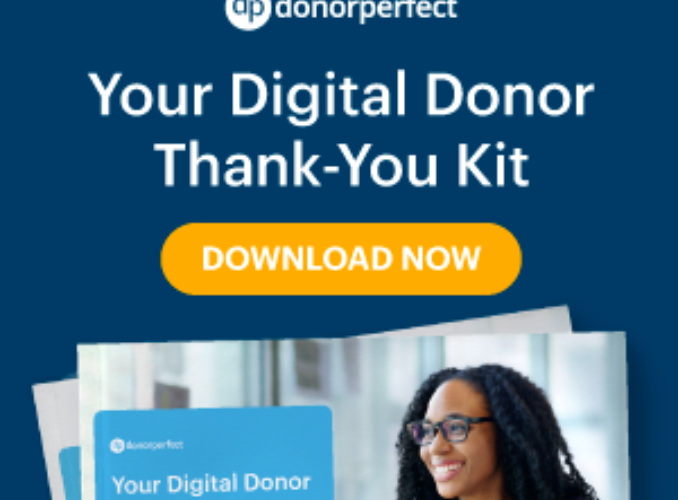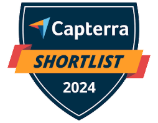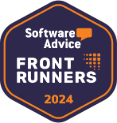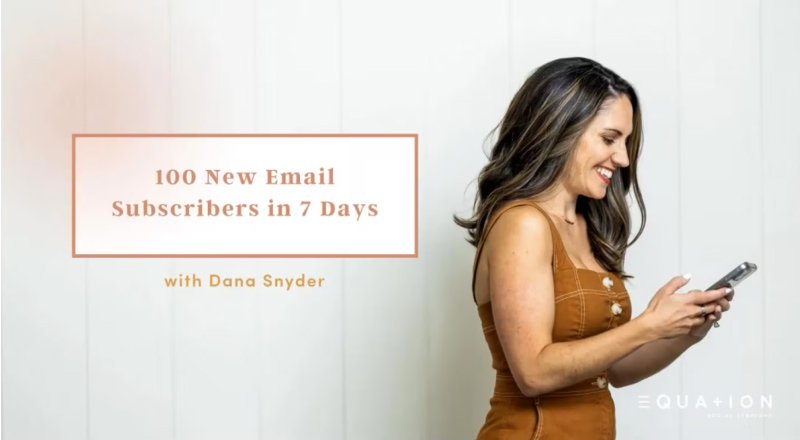Donor journeys have become a hot topic among nonprofit professionals. Are fundraisers putting their donor prospects in a box with these predetermined giving paths? Are the paths customizable enough to accommodate a wide range of giving preferences? Though these are valid concerns, there’s a reason behind all the buzz.
Donor journey fundraising not only improves the donor experience but also provides numerous benefits for nonprofit organizations and employees.
So, imagine that one of your nonprofit advocates is hosting a forum where you can ask anything—but instead, DonorPerfect experts (who have previously worked in your role) gathered everything you need to make an educated decision and get started. No need to brainstorm questions or conduct preliminary research—just relax and take it all in.
What is a donor journey?
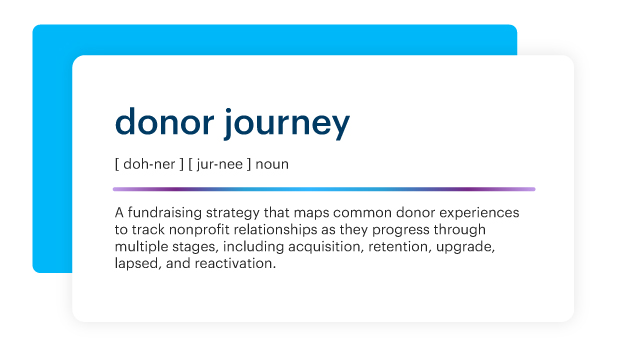
Thriving nonprofits nurture their supporter connections, regardless of how much or how often they contribute. True connection requires meeting your donors where they are—in their personal lives, on their philanthropic journeys, and in their relationships with your nonprofit.
That’s because fundraising is a two-way street: nonprofits want donors engaged in their mission, and donors want nonprofits dedicated to their interests. This strategy is known as donor journeys, or, in other words, mapping donor relationship paths.
Our free guide, The Donor Journey, offers expert advice on adapting this strategy for your mission and community. It was co-written by Cherian Koshy, CFRE, a prominent leader in the nonprofit space who has contributed his insightful research on donor behavior and psychology.
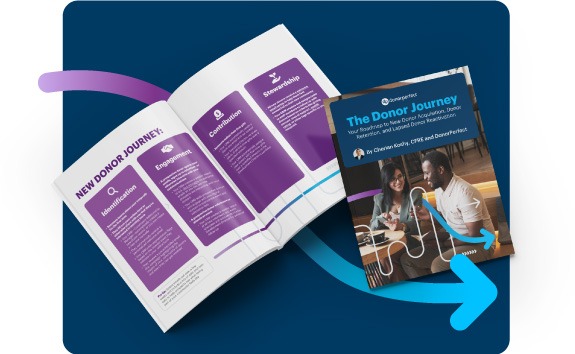
Benefits of donor journey fundraising
1. Time management
You can use technology to automate or reduce the manual parts of donor journey fundraising, like sending gift acknowledgments and thank-you emails, which frees up your time and energy for more personal engagements. (Note: Automated communications can be personalized, too! With solutions like DonorPerfect and Constant Contact, you can add details from your donor records to any automatic email.)
2. Strategic alignment
Here’s to never having to say, “What’s the deal with this donor?” again. From board members to volunteers, everyone with access to your donor management software will be privy to each supporter’s current donor journey stage. (N0te: That doesn’t mean everyone needs the same access! With a system like DonorPerfect, you can edit permissions for any staff member using your system.)
This alignment is beneficial both internally and externally.
Internally, it keeps team members from missing key opportunities for personal and professional fundraising growth. Externally, it provides your organization with a wealth of behavior data to improve the donor experience. You can accomplish this by developing donor personas, or fictional profiles of ideal donors based on actual data. This strategy helps you analyze your donors’ psychological motivators for following your mission, allowing your communications to resonate more closely with their reasons for supporting you.
For example, a persona called “Lapsed Donor Lisa” could help you analyze the characteristics your lapsed donors share and determine how to reconnect them in the future. Maybe many of your lapsed donors feel hopeless, like their impact isn’t adding up, and your reactivation messages could help them overcome that.
Check out our free Donor Persona Checklist to create your own!
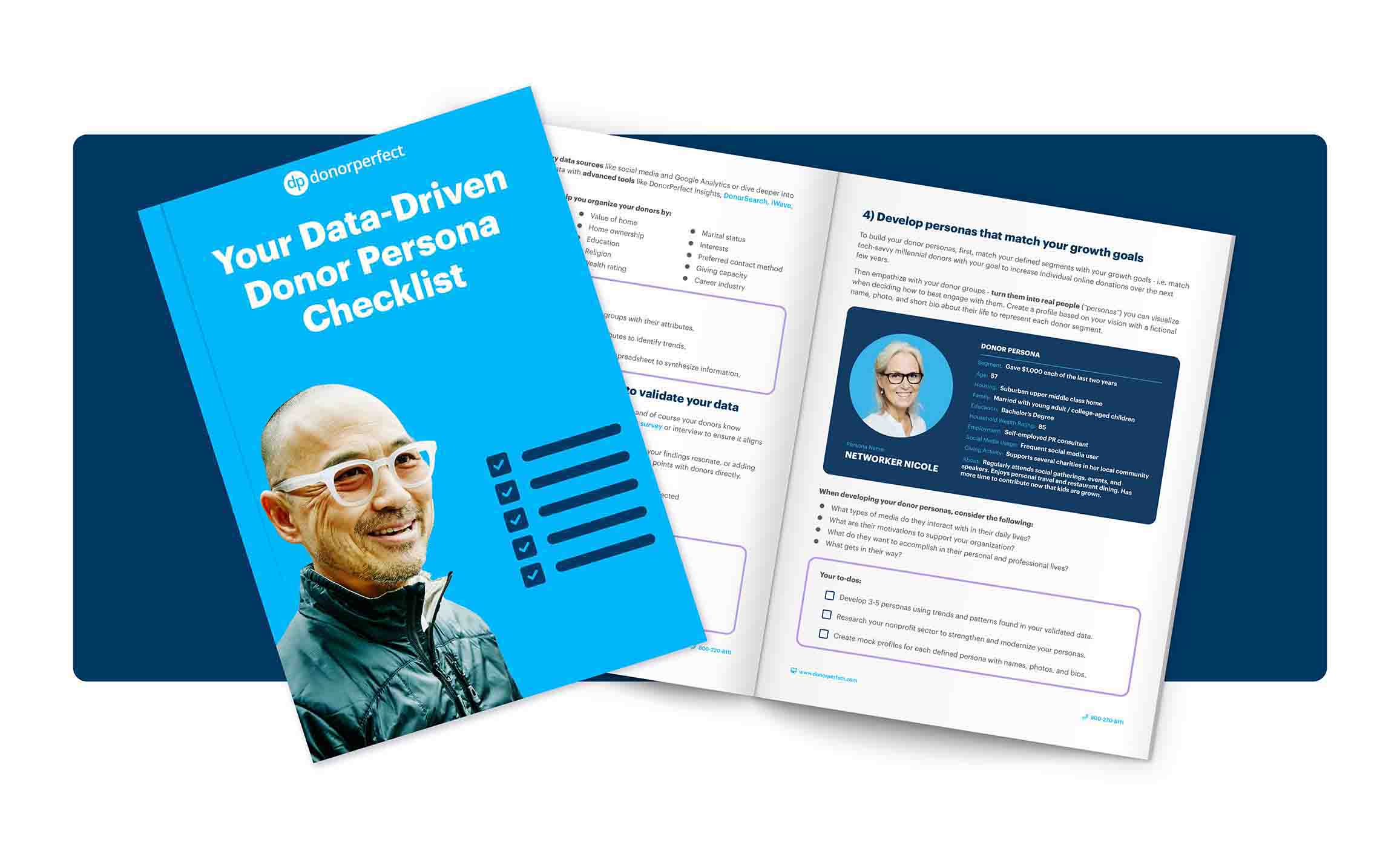
3. Relationship building
In a nutshell, donor journeys help you send the right message to the right group at the right time, while still speaking to each donor individually, so you can strengthen all your connections across the board.
In other words, creating distinct donor journeys honors the fact that each of your supporters has a special and unique connection to your mission, while still allowing you to track broader patterns like demographics and behaviors.
4. Donor experience
Donor journeys help you know what it feels like to be a giver at your organization, ensuring each supporter feels special and seen. You can plan by stage, determining how often it’s appropriate to communicate with each group, how emotional your messaging should be, how loyal donors should be treated differently than new supporters, etc.
5. Donor churn
Donor journeys help remove grey areas to ensure no supporter slips through the cracks without proper stewardship. They provide set parameters for each stage, so you don’t have to guess who’s retained or ready to upgrade. And instead of worrying about lapsed donors hiding in your database, you can simply review a list of donors in that stage to plan reactivation activities.
How to map your donor relationship paths
- Mapping common donor experiences (“donor journeys”) empowers you to track your supporters along their path to giving, measure their engagement, and prepare for their next contribution.
- The key function of donor journeys, aside from deepening your relationships, is to make sure they’re aware of their options and appreciated for their efforts.
- Keep in mind that a contribution doesn’t necessarily have to be a donation. Otherwise, you may be overlooking supporters who can’t give yet.
- Be sure to account for volunteer time and advocacy efforts in your journey mapping, because they’re important indicators of connection.
Mapping example: Volunteer retention
For example, your new donor acquisition journey might start when someone discovers your nonprofit, prompting you to create a donor record and sign them up for a series of personalized welcome emails. If they interact with your welcome emails, they’ll move along to the next stage—your donor retention journey. Now let’s take this example a step further to show how we can meet them where they are.
Let’s say this same donor interacted with one of your welcome emails by scheduling time on your calendar for a get-to-know-each-other call. During that call, you learn they are open to volunteer assignments while their budget is tight. As part of your donor retention journey, you set them up with automatic email alerts for volunteer opportunities.
To go bigger, you could send a personalized email with special opportunities related to the interests they discussed on the call. (That’s where a customizable donor engagement solution comes into play, but we’ll cover that in the next section!)
The moral of the story: Every donor is different. Donors in the same stage won’t necessarily be stewarded the same way. Donor journeys are meant to improve your personalized communication techniques, not inhibit them.
At DonorPerfect, you can elect to have donor journey fundraising tools built into your comprehensive donor management system:
- New Donor Acquisition Journey – Send introductory and informative communications to help donors learn the basics of your nonprofit.
- Donor Retention and Upgrade Journey – Acknowledge and thank their loyal support, ensuring they’re informed of their many opportunities.
- Lapsed Donor Reactivation Journey – Hold honest conversations about why they stopped giving, learning what it will take to re-ignite their passion.
Personalizing your donor journeys
- No two nonprofits are alike, and no two donors are either. Don’t put them in a box! Dig into your donors’ reasons for getting involved in your mission.
- The best way to engage with supporters in each donor journey stage is to carefully document what makes them unique and then turn to your data for guidance.
- Instead of relying on templates, look for a long-term solution that supports your organization’s work as it grows. Your best asset for mapping donor journeys and creating meaningful engagements will be customizable donor management software because it takes your unique data into account.
- Expectation: You put new donors on a new donor journey, and voila! The rest is history. They’ll move through the stages until they’re a major donor someday.
- Reality: Each donor journey is unique, so you consistently reevaluate your donor relationships to ensure they’re aligned with the path you’ve put them on. Not every donor will become a major donor—that’s okay! They’re still important.
You might wonder, “How does lumping all my donors into stages make them feel special as individuals?” The best thing about donor journey fundraising is that it offers a systematic approach to stewardship and organizational growth while leaving plenty of space for you to personalize your donor outreach to their behavior patterns and communication preferences.
The key to mastering this balance is leveraging your fundraising tools to track what’s important to each donor.
Some examples include:
For example, DonorPerfect allows you to track every point of contact (including phone calls, emails, and letters), and even create custom fields within your donor records—displaying your donor’s program interests and communication preferences at a glance.
Consider an audit of your donor management software. Let your team members suggest tools, features, or fields that would help them better understand your donors (specifically their demographics, behavior patterns, and psychological motivators). For example, if you dedicate more time to discovery calls, your software can help you schedule alerts, meetings, reminders, and follow-up assignments.
Tips for effective donor journey mapping
1. Create personas
Donor journey stages tell you WHERE a supporter is, while donor personas tell you WHO a supporter is. In other words, these two strategies are better together! You can improve your communication with each donor journey stage by learning more about each group (new, retained, lapsed) and what makes them tick—their goals, preferences, interests, philanthropic history, etc.
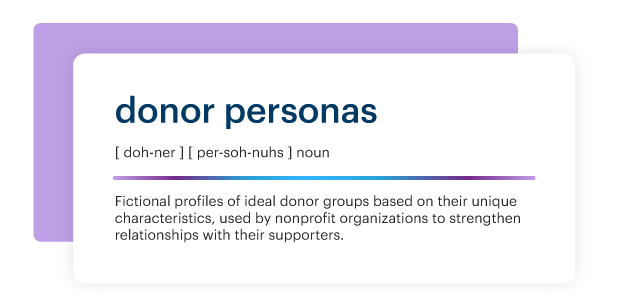
2. Define touchpoints
To saturate your donor groups with the appropriate stewardship activities, without spreading your communications person (or team) too thin, try to visualize what that might look like.
Ask questions like:
- What is your team best at? Which kind of touchpoint has the highest engagement rate? (Go bigger: Which has the highest conversion rate?)
- Do you have a team member for each donor journey stage? How many touchpoints can your team realistically make a week? (Go bigger: How many hours would it take for postcards vs. personalized emails?)
- Using reports from your donor management system, what can you learn about the communication preferences of each donor persona or journey stage?
- How will different stages be stewarded differently? How often will you engage new donors vs. lapsed donors? (Go bigger: Will one stage require more hours or team members than another?)
3. Identify pain points
What makes you nervous as you read about donor journeys? Maybe you feel like your organization doesn’t have enough reliable data to make informed decisions about donor journey mapping, or that it doesn’t have enough staff to steward each donor journey stage properly. Remember, you’re not in this alone, and there are free resources to help!
First, identify some strengths and weaknesses so you can talk them through. Bring these concerns to your key players, including your fundraising software provider, to see what solutions they can offer. You might be surprised how easily your worries melt away.
For example, DonorPerfect offers a free library of how-to articles for its users, as well as on-demand training webinars and group classes. And once you’ve fine-tuned your donor journey strategy, a staff of nonprofit experts is available to walk you through automation tools and fundraising techniques to save you time and money.
4. Avoid “one size fits all” approaches
Many nonprofit sources offer templates and guides for your donor journey fundraising needs, but again, your organization and donors are unique. Relationships aren’t linear, and you know your nonprofit best.
That’s why we recommend leveraging customizable solutions that come with experts who truly “get” you—helping you use your data to help you make informed decisions and providing real-person support to simplify your to-do list.
5. Integrate with donor management
Your fundraising system must support your fundraising work. Otherwise, it stands in your way. Without a customizable donor management solution that allows you to track the information that makes each donor unique, down to the specifications of your nonprofit, your donor journey efforts may not have the success rate you hoped.
Specifically, your fundraising system must make it easy to move donors to their next stage seamlessly, without an abundance of manual data entry. Think of the donor experience like a peaceful stream that should flow naturally, rather than a water slide with twists and turns, dumping you out at your next destination without warning.
Stay tuned for our next installment in this series, where nonprofit expert Cherian Koshy explains the psychology behind donor journeys—why they’re important to your organization’s strategy and why implementing them will improve your donors’ experience.
How DonorPerfect can help
We can help you build donor journeys directly into your system! Learn more about our Professional Services offerings to set up your organization for successful donor journey mapping, strategy alignment, and system implementation.We also offer free guides, webinars, classes, and more to help ensure your success. Our best-in-class training and support teams are ready to help you make the most of your DonorPerfect system, no matter the size of your organization or budget.
Frequently Asked Questions
1. What is a donor journey map? Is it the same thing as a donor journey?
2. What’s the difference between donor journey fundraising and moves management fundraising?
3. What are the top five benefits of donor journeys?
4. What are the three stages of the donor journey?
5. How can donor journeys improve fundraising results?
6. Can donor journeys help identify new prospects?
7. What are the best practices for creating donor journeys?
